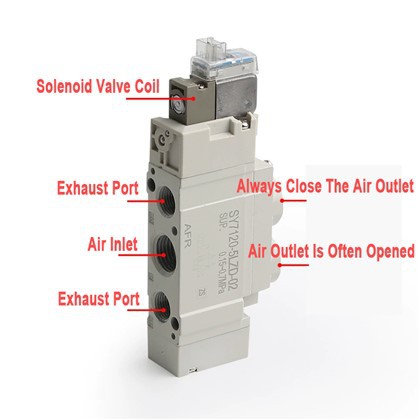1.Direct-acting valves
These solenoids have a coil that magnetically opens the valve in a direct action, causing the shaft and the seat of the valve to shift. Direct-acting solenoid Valves use the energy produced by the magnetic field of the solenoid to operate the valve. When the electrical current is removed, a mechanical spring returns the valve to its original position.
2.Pilot-operated valves
In pilot-operated valves, the plunger opens up the pilot opening while the pressure causes the valve to open and close. In spite of the fact that pilot-operated valves require less electrical energy to work, need to keep up full power with a specific end goal to stay in an open state, and they perform at a slower rate than direct-acting solenoids. Direct-acting valves just need full power when opening the valve, as they can hold their vacant position notwithstanding when working on low power.
3.Two-way valves
This is the most common type of solenoid valve. Two-way valves have two ports, which are used alternately to allow flow as well as close it off. A two-way valve can be "normally open" or "normally closed" in its operation. With a normally open valve, the valve remains open until a current is applied to close the valve. When the electrical power is suspended, the valve automatically reopens to its normal state. A normally closed solenoid valve remains closed until a power source causes it to open.






